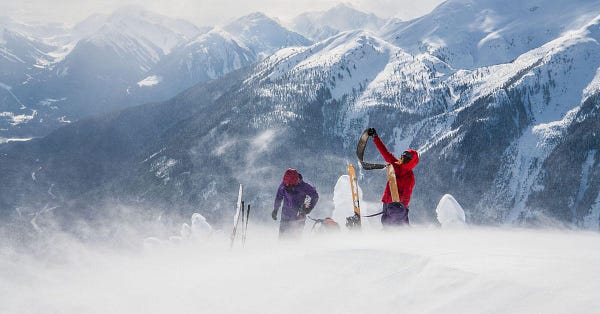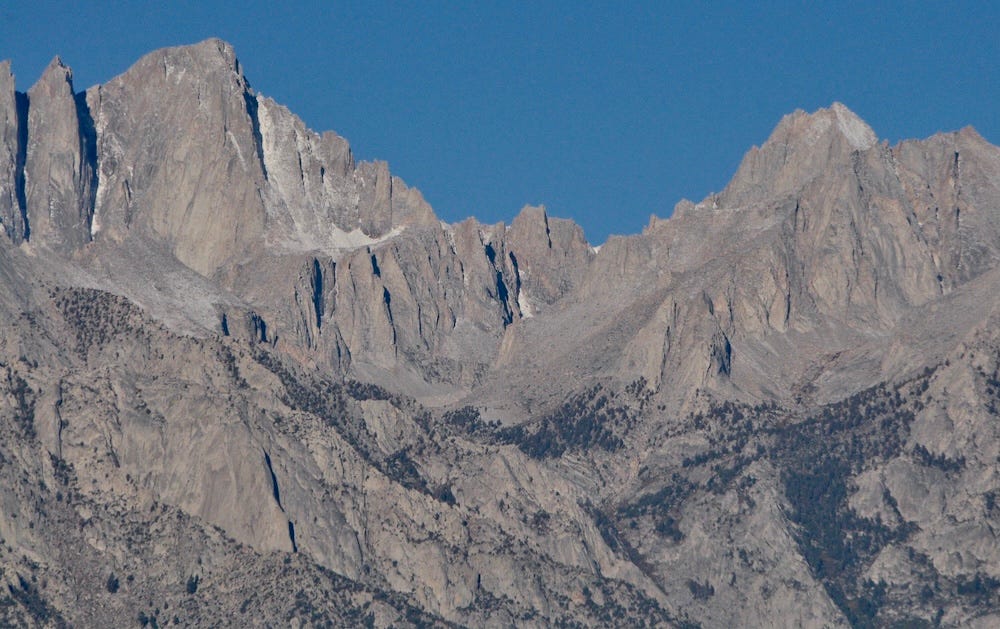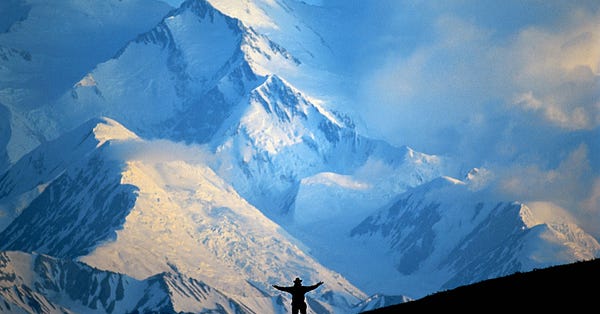Tallest 11 U.S. mountains span vast arch Alaska to California
The highest North American peaks stretch across a huge geographic area with fewer concentrated heights, compared to Asia, South America.
North America is a bit different when it comes to mountains. More like Africa than Asia, South America or Europe.
So what does this mean? Let me explain, but first look at this tweet below.
The tallest mountains in the U.S. quickly drop in elevation from No. 1 Denali (20,310 feet) in Alaska to No. 11 Mount Whitney (14,505 feet) in California. Add in eight peaks in Canada higher than Whitney, five in Mexico and you have a height range of 5,805 feet between the top two dozen highest North America peaks (Wikipedia list).
What a geographical spread.
The Himalaya in Asia and Andes of South America are very different, with hundreds of peaks within relative proximity in an even smaller range of heights.
Europe too has a tight geographic range of similar elevation peaks in the Caucuses before jumping to Mount Blanc in the Alps to continue the list.


What does this means? A geologist may be able to draw conclusions; I only bring up the issue to draw attention to the excellent treehugger.com story (in tweet above) and International Mountain Day.
Tectonic plate movement and related mountain building is one of Earth’s great wonders. It makes you ponder the vastness of time required for inching mountains to the heights compared to the blink of an eye impact that humans are having right now on the planet.
What about the other continents? Africa’s highest two dozen peaks are widely spread among Tanzania, Kenya, Rwanda/Congo/Uganda, Ethiopia and Morocco.
Australia, well, if you stay on the continent it hardly has any peaks at all. Bringing in surrounding islands gives you high summits of New Guinea and New Zealand.
For Antarctica, the website peakery.com lists a 2,200-foot difference between the highest (Mount Vinson 16,050 feet) and the 24th tallest.
But don’t sell North America’s high peaks short. Climbing all the highest peaks in the Alaska Range and Alaska/Yukon/BC Coast Ranges, due to their northern location, may be second only in difficulty to climbing a similar list for Antarctica.
By the way, the California Sierra Nevada has about a 650-foot elevation difference between Mount Whitney and the Sierra’s 24th highest peak.






